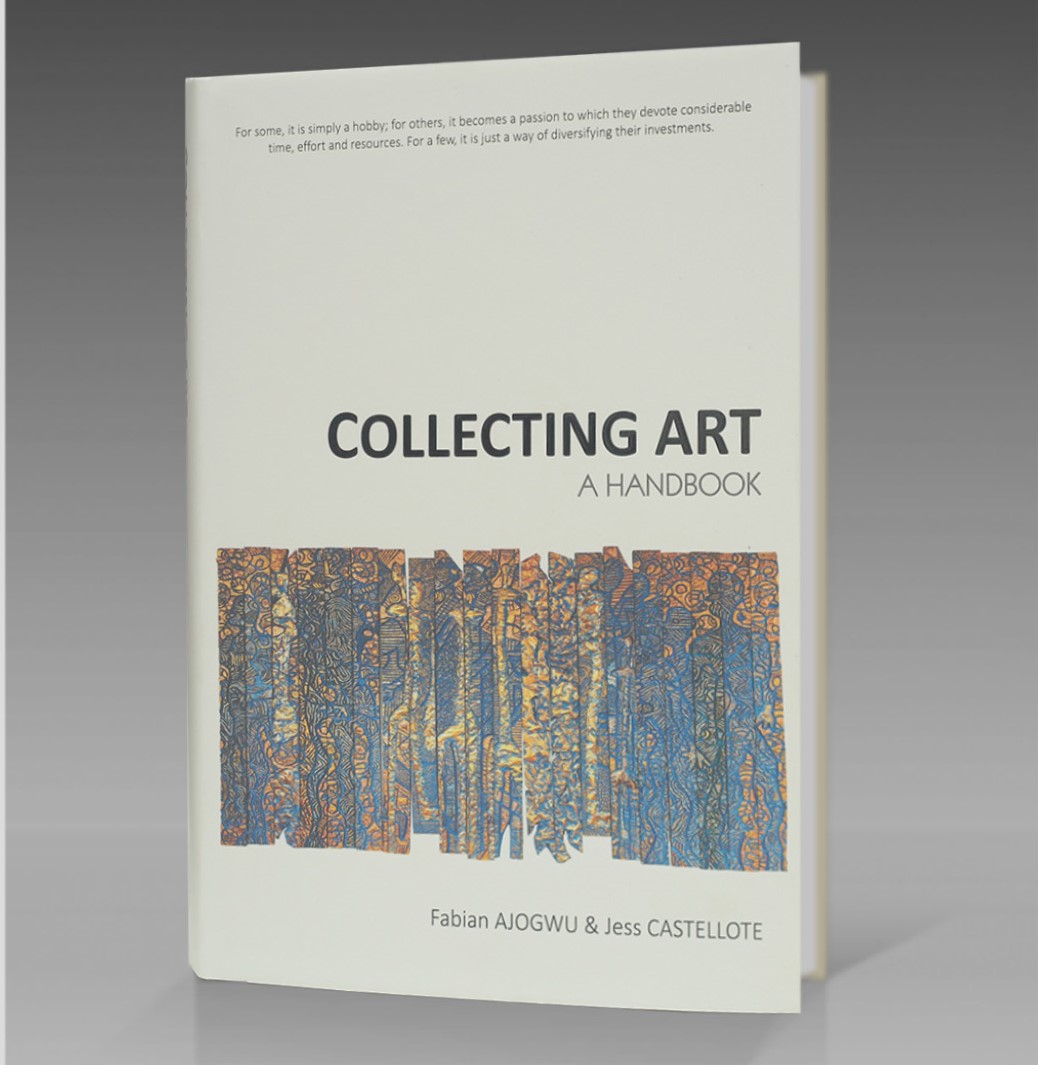The practice of art collecting has a long history and the ways of collecting art are as varied as the backgrounds, social environments and personal histories of the collectors. There is no single “right” way of collecting art, but there are many practices that will not help creating an art collection of quality.
There are many ways of collecting art and there are many reasons for doing it. For some, it is simply a hobby; for others, it becomes a passion to which they devote considerable time, effort and resources. For a few, it is just a way of diversifying their investments. Whatever their reasons for acquiring artworks, whether enjoyment, vanity, investment or a mixture of all, for many collectors, art is among the most valuable assets they own. Learning how to appreciate them, to manage and care for them is of capital importance.
There are thousands of books devoted to art. This one focuses on the collectors and their practice. This book does not aim at providing a history of art collecting or a sociological study of the motives for doing. We do not offer specific advice on what or where to collect. We do not enter on whether art is a genuine, profitable asset class for investment or not. Though we refer to these issues, they are outside the scope of the book; its goal is less ambitious. Art Collecting: A Handbook aims at offering the novice and experienced collector a better understanding and some practical advice on some of the main issues involved in this practice. Besides collectors, this book will be of use to many other players in the art world: dealers, critics, scholars, journalists, art enthusiasts. Sometimes, professionals advising collectors on issues of taxation, insurance, wealth investment, estate planning, legal matters, etc. are not well acquainted with even the basic features of the practice of art collecting. We hope this book will also be of use to them in the eight chapters it is divided into.
Chapter One is devoted to the collectors; to their motivations and approaches to collecting. We look at the main characteristics of an “educated, serious collector”. For some decades, the practice of collecting has been considered from the point of view of its value as an investment. We consider this trend in this first chapter. Though collecting is intensely personal, it can become so absorbing as to have an effect on the family of the collector. In this first chapter we also look at this aspect of collecting.
Chapter Two looks at the development of an art collection. Serious art collections do not happen by chance. Whether properly articulated or not, sound planning and strategy differentiate ordinary accumulations of artworks from great collections. We also look at the role of art advisors and the process of commissioning art.
Chapter Three looks at the process of buying art. Whether the collector acquires works from the primary or secondary markets, knowing about different channels work is a necessity. Due diligence is at the core of good practices in art collecting. We also consider it in the chapter.
Chapter Four looks at the legal framework within which art collection operates. These issues might not be the most attractive to the collector, but a good understanding of the rights and duties of collectors, artists and dealers is necessary for any serious collector. Unfortunately, collectors are not always well informed about copyright, moral rights and artist resale rights; we look at them in this chapter. Finally, a long section is devoted to Art Fraud, a threat always present in art collecting.
Chapter Five provides tips and suggestions on the transfer of an art collection and particularly, to estate planning. Planning for the future of the collection once the collector is gone is frequently postponed by collectors. This section offers suggestions on possible options open to the collector.
Chapter Six offers advice on documentation and management of the collection. Keeping proper inventories is an indispensable task for the development of a collection and for its transmission to future generations. Insurance and taxation are not the most glamourous and appealing aspects of art collecting, but the educated collector will always take them into consideration.
Chapter Seven is devoted to the care required by an art collection. Art collections are always at risk of being damaged by environmental, physical, chemical or biological agents. Knowing how to prevent or counteract these causes of damage is an essential skill for any serious collector.
Finally, Chapter Eight offers a glossary of terms collectors come across frequently.
In the process of writing this book, we have learned not only about the technicalities associated with putting together, managing and transferring an art collection, but above all, we have learnt about collectors: people, who passionately devote some of their best energies and resources, to collecting art. There are wonderful stories of big and small, affluent and ordinary collectors who, sometimes obsessively, follow this interest in life.
To own works of art is not the same as collecting art. Although owning art is a necessary condition for collecting art, accumulating and collecting are different practices. From the first to the second, there is a substantial difference in the intentionality of possessing these artworks. A gallery owner with a large number of works in his stores can also be a collector, but generally, is not. An investor with a good portfolio of art is not necessarily a collector. Neither is a corporation that owns a large number of pieces in their buildings. Great collections are always linked to great collectors. Collections are always unequal because collectors are always different. As Baudrillard famously said: “It is inevitably oneself that one collects”. We hope this book will help them continue doing it in a more systematic, knowledgeable and organised way.



